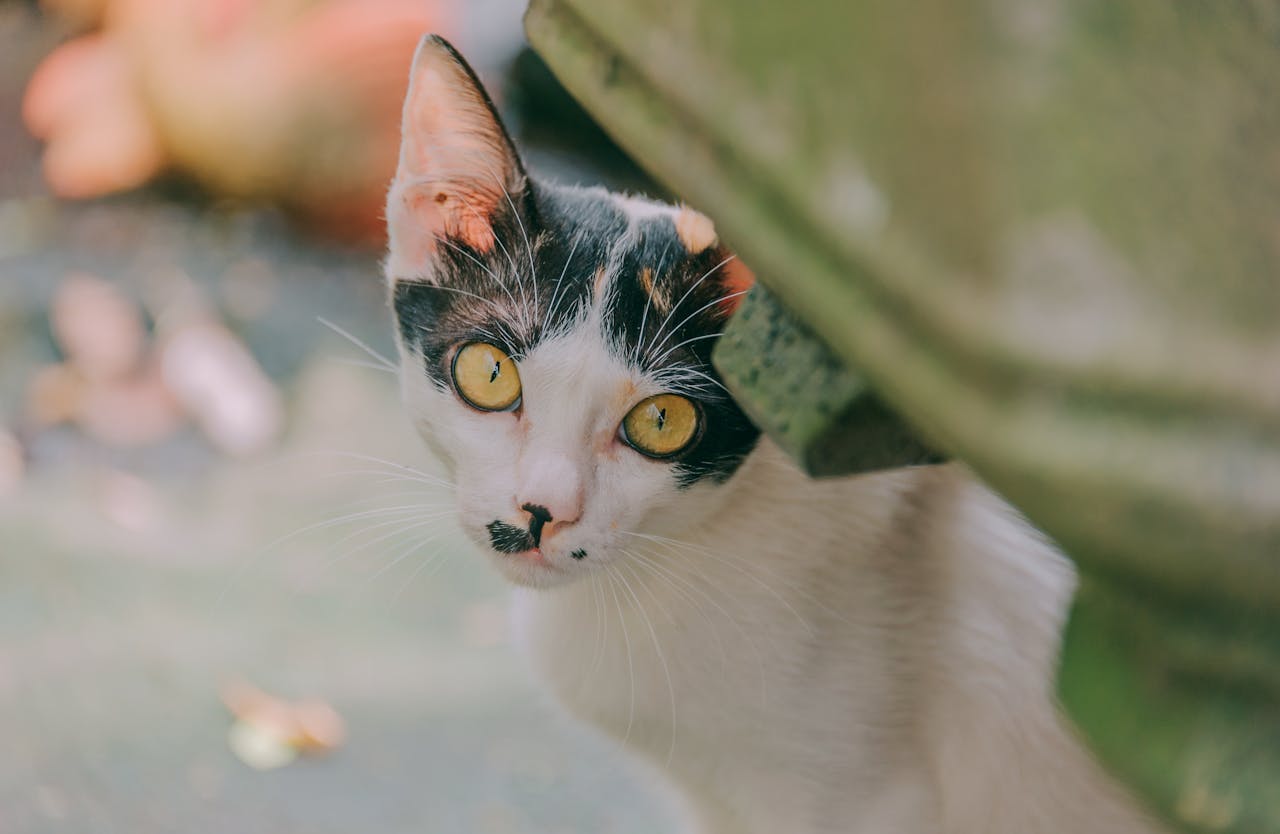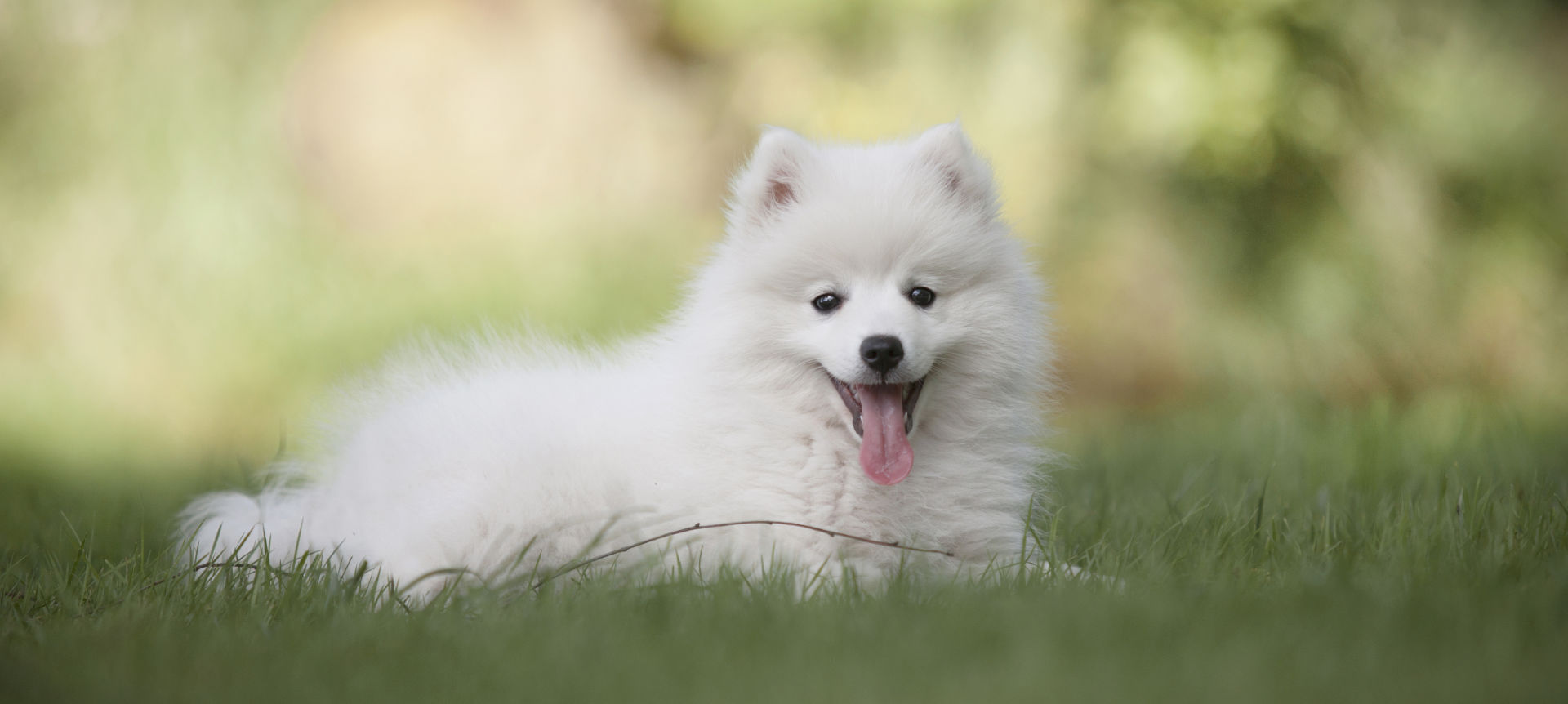
16 Feb Understanding Tooth Resorption in Cats: Causes, Symptoms, and Treatment Options
Cats are known for being great at hiding possible symptoms of pain. One aspect of feline health that often goes unnoticed is tooth resorption. This silent condition affects many cats worldwide and can lead to significant discomfort if left untreated. In this comprehensive guide, we delve into what tooth resorption in cats is, why it happens, and the various treatment options available to cat owners.
What is Tooth Resorption?
Tooth resorption, also known as feline odontoclastic resorptive lesions (FORL), is a common dental condition in cats characterized by the progressive destruction of tooth structure. It typically begins at or below the gum line and gradually progresses towards the crown. Over time, the affected tooth may deteriorate entirely, leading to pain, inflammation, and potential complications.
Why Does Tooth Resorption Occur?
The exact cause of tooth resorption in cats remains unclear, but several factors are believed to contribute to its development:
- Genetics: Certain breeds, such as Siamese and Abyssinians, appear to be predisposed to tooth resorption.
- Dental Disease: Poor oral hygiene and dental disease can exacerbate the risk of tooth resorption.
- Immune System Dysfunction: Disorders affecting the cat’s immune system may play a role in the development of tooth resorption lesions.
- Hormonal Imbalances: Hormonal factors, such as elevated levels of parathyroid hormone, have been implicated in the progression of tooth resorption.
While the precise mechanism behind tooth resorption remains elusive, it is clear that a combination of genetic predisposition and environmental factors contributes to its occurrence.
Signs and Symptoms
Identifying tooth resorption in cats can be challenging, as symptoms may be subtle and easily overlooked. However, attentive cat owners may notice the following signs indicative of dental problems:
- Difficulty Eating: Cats experiencing tooth resorption may struggle to chew their food or exhibit reluctance to eat altogether.
- Drooling: Excessive drooling, often accompanied by pawing at the mouth, can indicate oral discomfort.
- Bad Breath: Foul breath (halitosis) is a common sign of dental disease, including tooth resorption.
- Visible Lesions: In advanced cases, red or inflamed lesions may be visible along the gum line, indicating the presence of resorptive lesions.
Regular dental check-ups with a veterinarian are crucial for early detection of tooth resorption and other dental issues in cats.
Treatment Options
Once diagnosed, several treatment options are available to address tooth resorption in cats, depending on the severity of the condition:
- Extraction: In cases where the affected tooth is extensively damaged or causing significant discomfort, extraction may be necessary. Extraction removes the affected tooth, alleviating pain and preventing further complications.
- Professional Cleaning: Routine dental cleanings performed by a veterinarian can help manage dental disease and prevent the progression of tooth resorption. During these cleanings, tartar and plaque buildup are removed, reducing the risk of further damage to the teeth and gums.
- Pain Management: Cats experiencing dental pain may benefit from pain management strategies, including medication prescribed by a veterinarian.
In addition to these treatment options, maintaining good oral hygiene is essential for preventing tooth resorption and other dental problems in cats. Regular brushing, providing dental treats or toys, and scheduling routine dental check-ups can help keep your cat’s teeth and gums healthy.
Cat Dentist Milwaukee
Tooth resorption is a common yet often overlooked dental condition in cats that can cause significant discomfort and affect their overall quality of life. While the exact cause remains uncertain, a combination of genetic predisposition and environmental factors likely contributes to its development. Early detection and prompt treatment are essential for managing tooth resorption and preventing further complications. By staying vigilant for signs of dental disease and prioritizing oral hygiene, cat owners can help ensure their feline companions enjoy a lifetime of healthy smiles. Contact our team today for any feline dental health needs!


